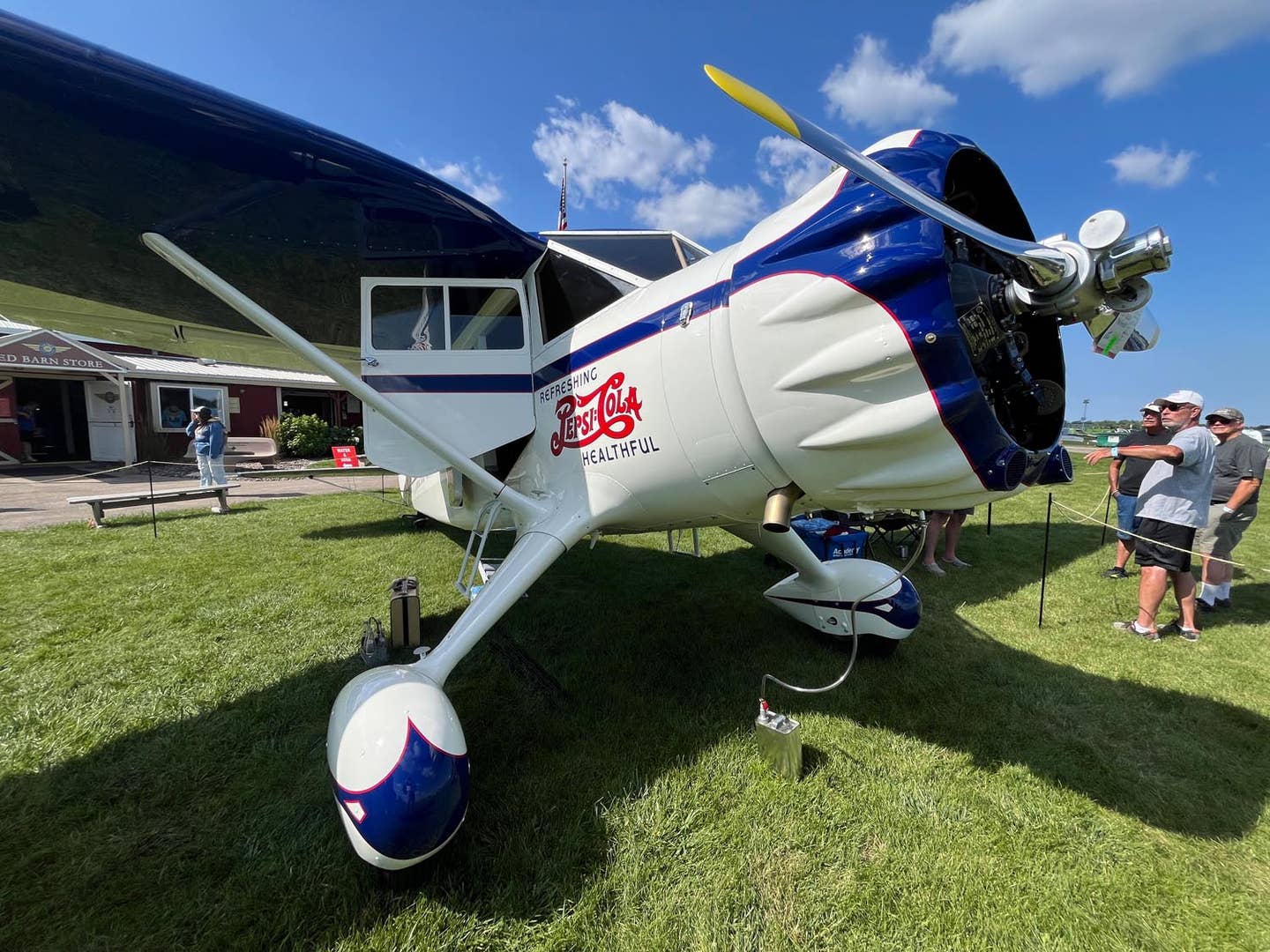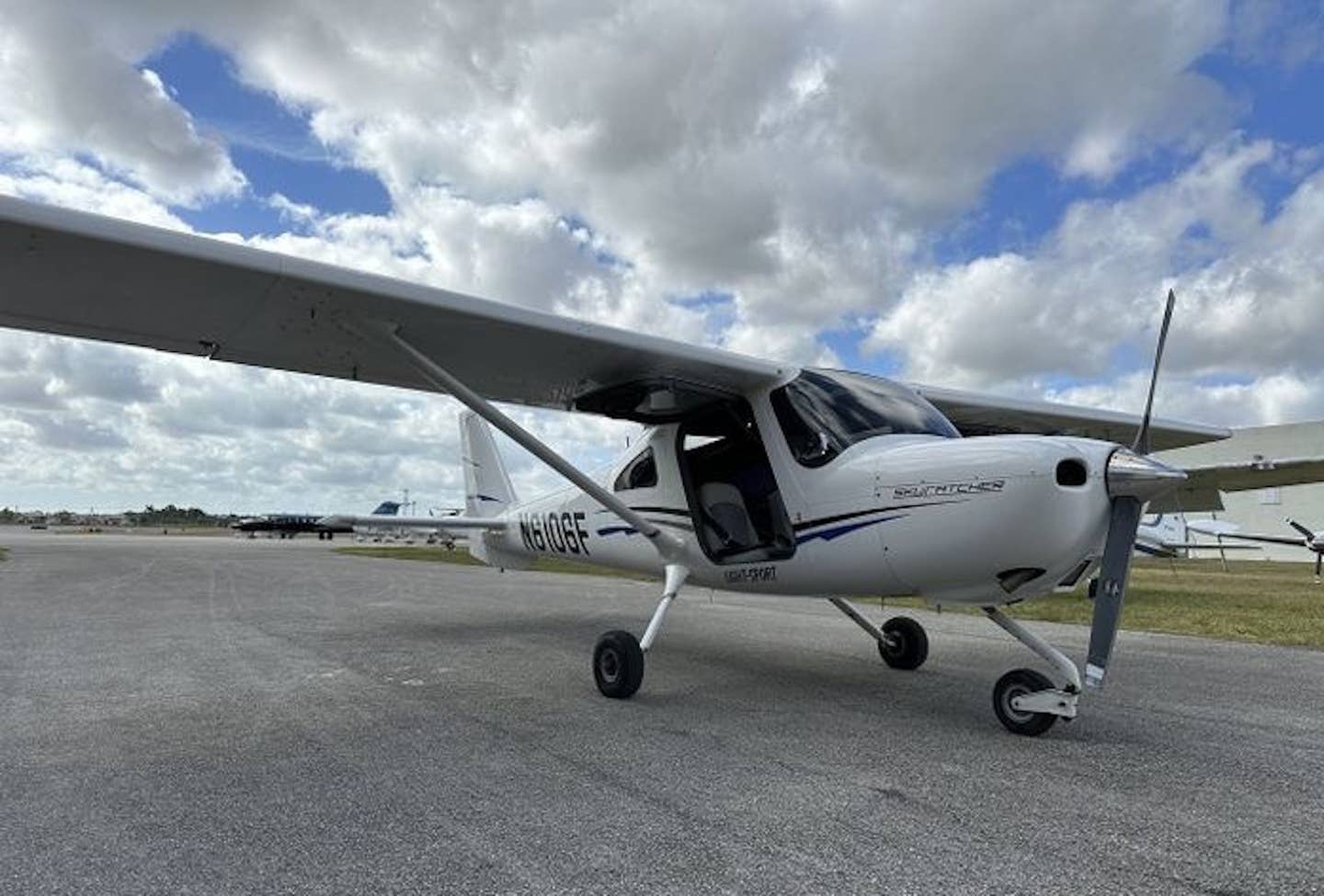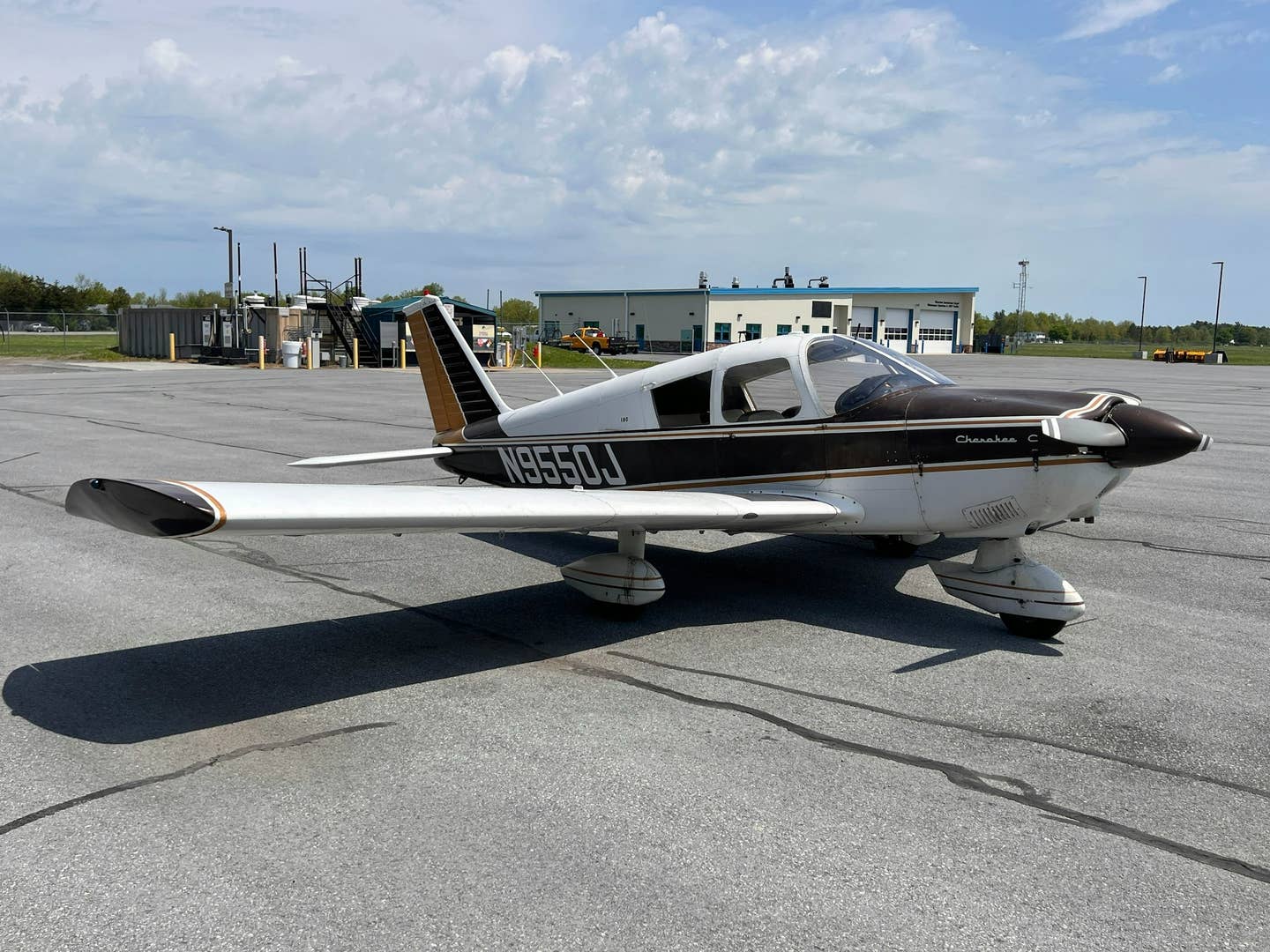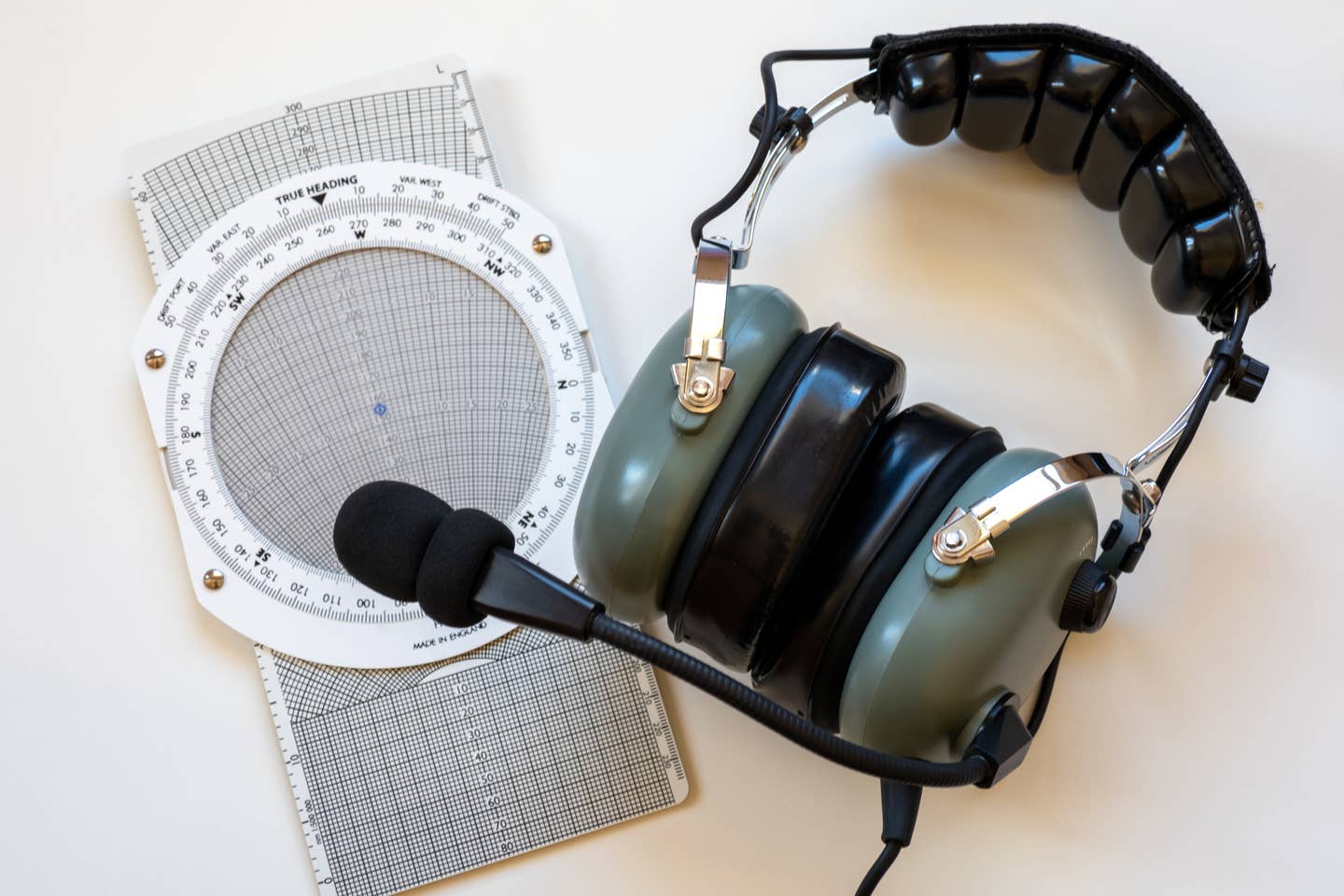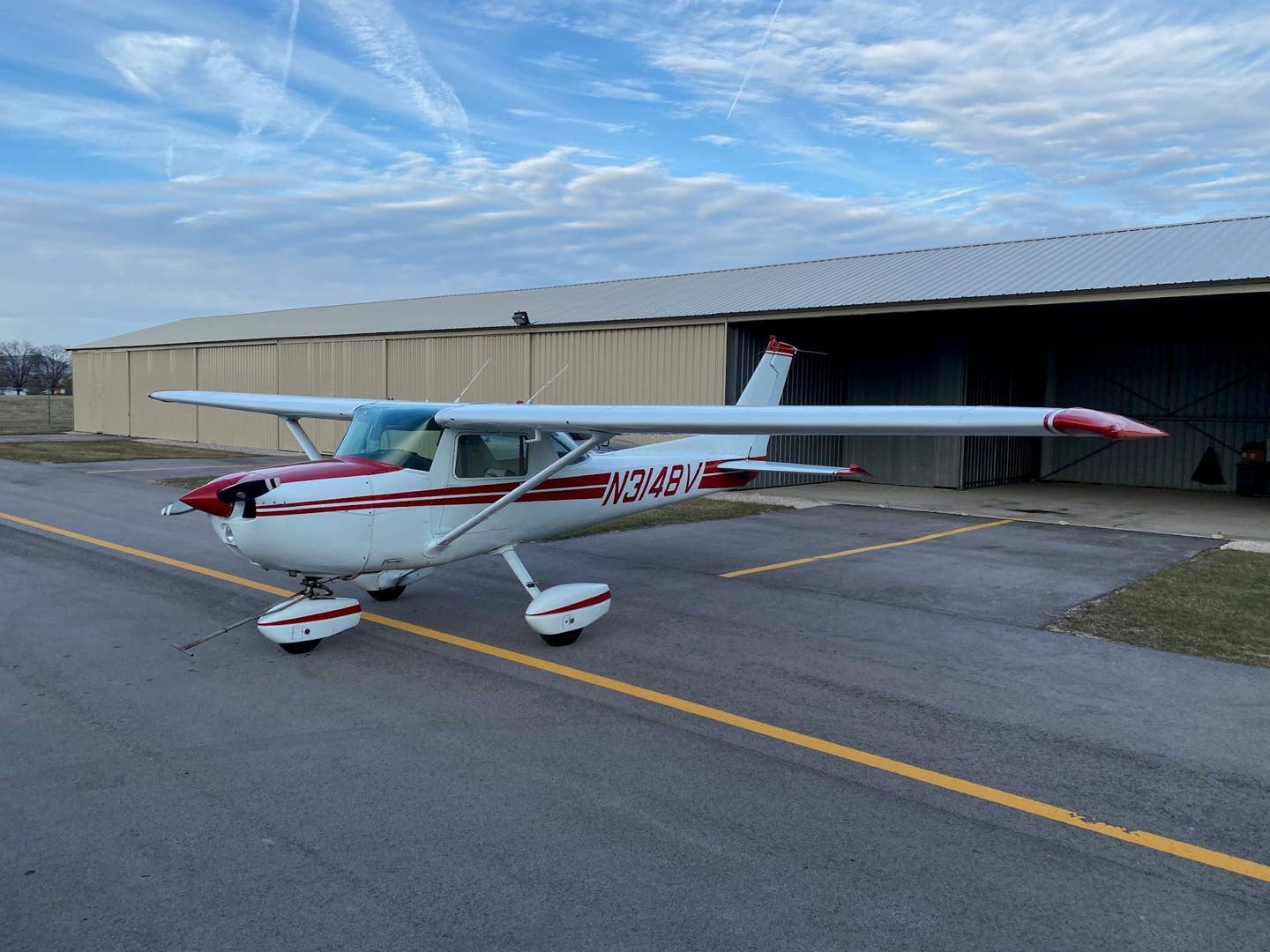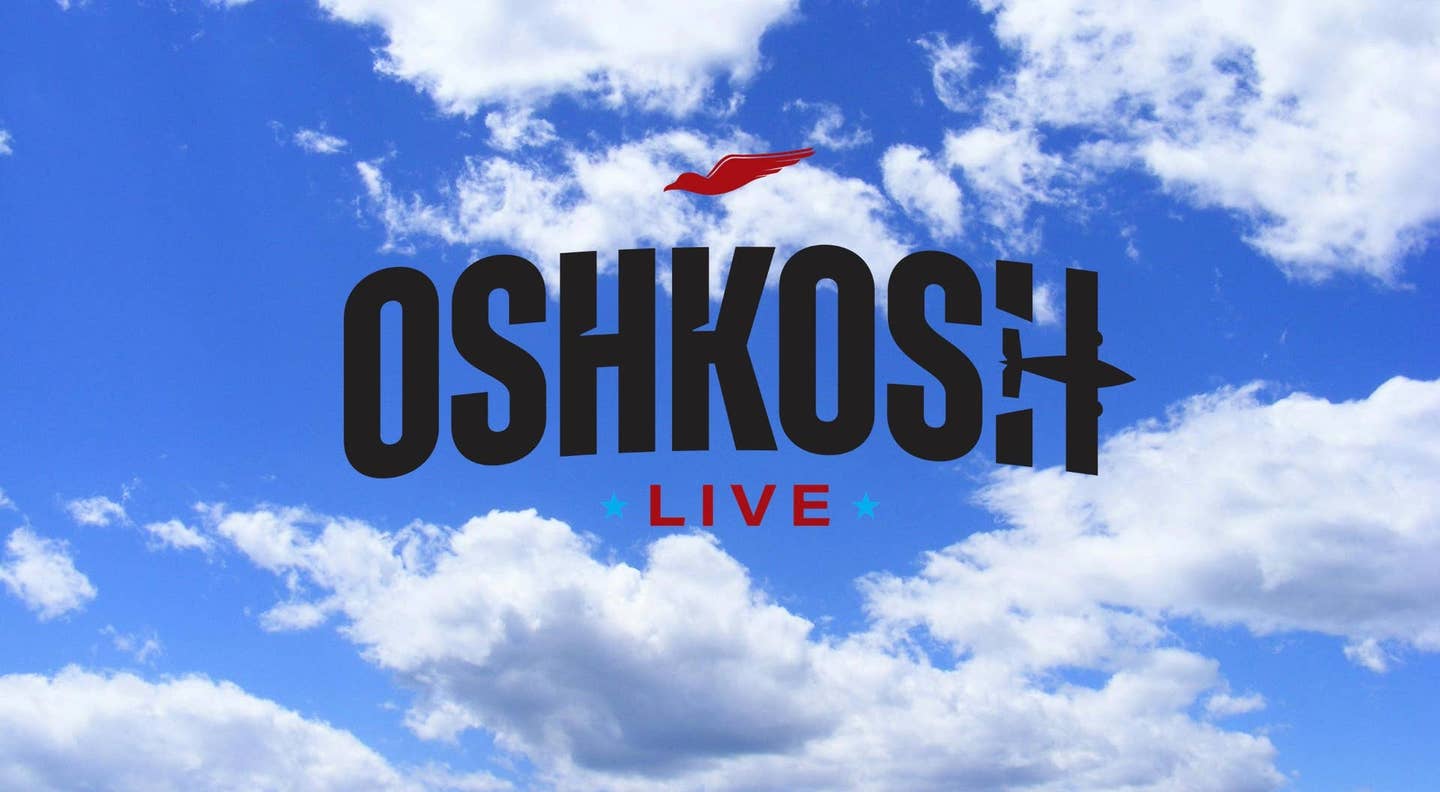New Feathers
You were proud once. And why not? All eyes were focused on your pride and joy while it rested comfortably on the ramp in all its glory. Yes, your bird…
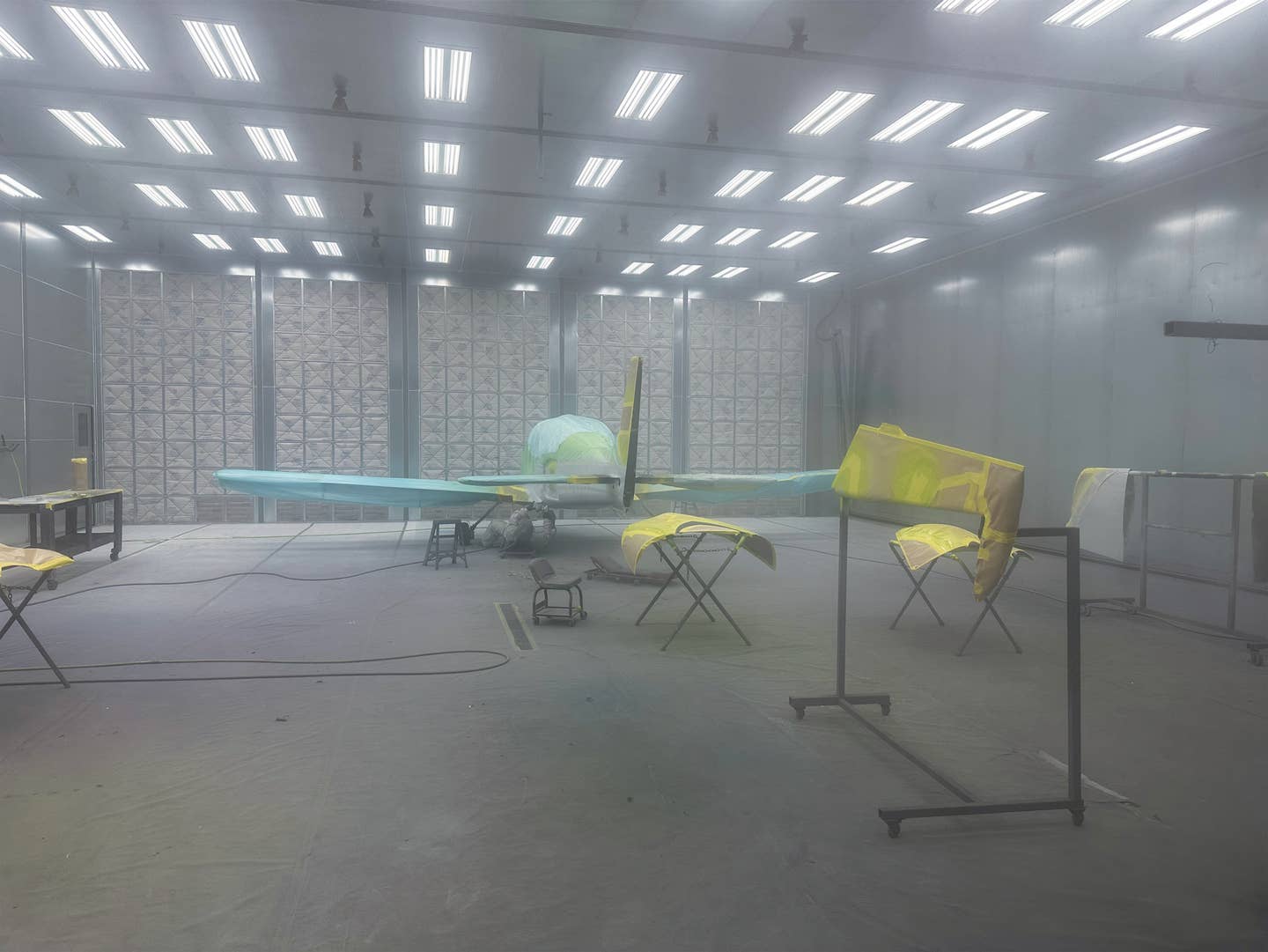
If the paint on your airplane is dull, maybe it’s time to think about some new feathers. [image: Jamie Steel/Steel Aviation]
You were proud once. And why not? All eyes were focused on your pride and joy while it rested comfortably on the ramp in all its glory. Yes, your bird was once shiny and brightly colored with accent stripes that would cause those passing by to take a deep breath and sigh with envy. Now even the requisite resident mouse-hunting cat at your FBO won’t give it a second look.
If the paint on your airplane is duller than a roomful of mathematicians, then maybe it’s time to think about getting some new feathers for your bird with a professional paint job to restore your aircraft to its, as Bruce Springsteen once sang, glory days.
So as not to let it pass you by, let’s look at what it really takes to make the right decision to repaint your airplane. While it will help to have a few zeros to the left of the decimal point in your checking account, there are some other considerations other than cost that you need to keep in mind as you decide about getting your bird repainted.
First, does your aircraft need a new paint job, or will a professional detail restore the lost luster? That may be a question for a specialist to determine—but certainly worth investigating, as a pro detail will cost much less than a full repaint. Generally speaking, if there is enough base paint available, which can be determined by a paint thickness measurement test tool, then paint correction by way of detailing and refinishing can be a viable alternative. (See Detailing Your Plane.)
However, while detailing can remove visible and hidden contaminants from the exterior finish, there will be some circumstances where you may need to consider a full repaint. This will commonly be the case for those aircraft that have spent their entire decades in the hot South or Southwest sun, as they may not have enough base paint available for detailing.
While you may have considered vinyl wraps or decals as a viable, lower-cost option to repainting, vinyl wraps do not mix well on aircraft. The manufacturer may limit where vinyl can be placed on composite aircraft so that it does not interfere with critical safety components, such as the Cirrus Airframe Parachute System (CAPS)deployment area on Cirrus aircraft.
In addition, the inherent characteristic of vinyl is that of a static generator. Any large area on an aircraft (think wings) that generates copious amounts of static electricity with a vinyl wrap will potentially create havoc with avionics and navigation equipment. It is simply not a viable alternative other than utilizing vinyl for some pinstriping on the fuselage or for the registration numbers (which would allow for an easy N-number change, if needed).
And for those considering vinyl for your aluminum-skinned aircraft like Cessnas or Pipers, you may also want to reconsider that option. Vinyl wraps on aircraft with rivets will make for a near-impossible task to create a smooth, shiny, clean finish. If you have ever attempted to hang wallpaper or “contact paper,” you fully understand that challenge. Therefore, for owners who might like to modernize the paint scheme or want to restore their old bird’s luster and shine, a repaint is likely the best option.
But as Captain Obvious would state, the general aviation fleet is aging, and, likely, your plane is too, unless your aircraft has undergone a recent refinish or repaint. When looking at your airplane, if it seems as faded as a view through cataracts, milky with vague wisps of misty strands, then it’s probably time to start the repaint process.
So, let’s look at the fine points of aircraft repainting and see if you can restore the shine you once had and return your bragging rights to the tarmac with fresh paint.
Whether a conventional aluminum airframe or one of the composites, having your bird repainted starts with assessing several factors. According to Ross Robillard from Midwest Aircraft Refinishing in Hibbing, Minnesota, paint not only covers the aircraft, it also protects it. A tired, weathered exterior simply does not preserve the airplane as well as a fresh coat of paint. In addition to looking great, new paint also will protect the integrity of the airframe better. And what better time to design an updated paint scheme that will instantly transform your tired, old aircraft into one that would be difficult to discern from new? It’s basically a face-lift for your airplane.
When calling around paint shops specializing in aircraft repainting, one thing to consider is how long it will take to get yours scheduled. While you may think a short lead time would be a positive indicator, that may not necessarily be true.
Jaime Steel, who has operated an aircraft paint shop at Steel Aviation in Phillipsburg, Ohio, for many years, told Plane & Pilot that she is now scheduling well into 2025 for complete repaints. Since prepping and painting an aircraft represents a tedious, complex process that takes up to six weeks, don’t expect a short lead time for a reservation from any reputable shop.
Also, most industry experts agree that prospective customers should ask about the type of paint booth the shop uses. Most recommend avoiding downdraft paint booths, as those tend to stir up more dust and dirt while painting compared to the cross-flow types that generate minimal contaminants, especially when used with radiant heat.
It also goes without saying that you want an experienced technician to prep and paint, as well as a shop specializing in the type of aircraft you own. There is a dramatic difference when preparing and painting an aluminum-skinned bird compared to a composite aircraft. In fact, the prep time for an aluminum aircraft takes far longer since all the existing paint needs to be stripped off, along with any sheet metal or fiberglass repair, before painting. Any corrosion also needs to be mitigated prior to painting. Even composite aircraft, such as a Cirrus, have aluminum flight controls, so careful consideration is required to remove any corrosion during the flight control painting process. Since composite aircraft can’t utilize the harsh chemicals of a paint stripper, which would damage the resin in the fiberglass skin, the existing paint will require sanding in a tedious process utilizing 4-inch sanding blocks. Because of this it can be argued that the technician’s skill in prepping a composite airplane requires more finesse than the chemical stripping of an aluminum aircraft. In either case, the labor to design, prepare, paint, and complete the project will roughly take the same amount of effort in labor hours, no matter if it’s an aircraft of aluminum or composite construction.
- READ MORE: Upgrade Your Plane!
Whether your choice of paint shop uses an in-house designer or enlists the services of a third-party graphic design company to assist in your new color scheme, the fun begins once your aircraft is scheduled on the calendar and your deposit is made to begin the repaint journey.
Most design studios, such as Maverick Aircraft Design in Bandera, Texas, will start the process with a conversation to determine if you have anything in mind for your updated paint scheme. You may have seen an aircraft with a complex, unique scheme that sent you into the stratosphere. Or perhaps you want a simple, updated, and fresh design to accompany your new paint. Do you want something more linear, curved, or straight-edged? Or maybe you are like many of us and couldn’t design a stick figure if your life depended on it. Don’t despair. Your graphic designer will develop multiple variations based on the aircraft type, expertise, and information provided.
A discussion will ensue that goes over the base covering, colors, and any limitations for what’s approved by the aircraft manufacturer. Most notably, composite aircraft must have approved paints and colors for the wings and fuselage, and tolerant measurements for painting behind the cowl owing to the bond seams of the composite material. Needless to say, this is not your dad’s paint job on his 1963 Chevy.
Cirrus and other composite aircraft manufacturers do not recommend finishing the project with a ceramic coating, as it may cause a buildup of static electricity in flight that could cause avionics and communications issues.
To avoid disappointment, the designer will provide you with a rendering of what the airplane will look like once completed before any work begins. In fact, most professional renderings will be spot on, not only on the design itself but the color schemes that will be utilized, again based on your desires. Oh, the luxury of modern technology.
Moreover, most aircraft owners have at least 90 days to rework the design and approve the final rendering before the painting commences. Whether the design studio is in-house or outsourced, this timeline is generally an industry standard practice.
The cost of admission? You can expect an estimated price from a reputable aircraft paint shop from start to finish (assuming no sheet metal or fiberglass work) on most single-engine piston, four-place aircraft to be in the mid-$30,000s for a basic but nice repaint job.
More complex paint schemes and larger aircraft will likely increase your investment up to the $50,000 range. Your mileage may vary.
However, considering this investment will provide benefits for years to come, including better protection of your airframe, higher resale value, along with a potential slight increase in cruise speed of 2 knots or so (hey, every knot counts), and, last but not least, bragging rights for having a bird on the ramp that elicits oohs and aahs—well, that’s priceless. Isn’t it time to give that FBO cat something to purr about?
Editor's Note: This story originally appeared in the October 2023 issue of Plane & Pilot magazine.

Subscribe to Our Newsletter
Get the latest Plane & Pilot Magazine stories delivered directly to your inbox

